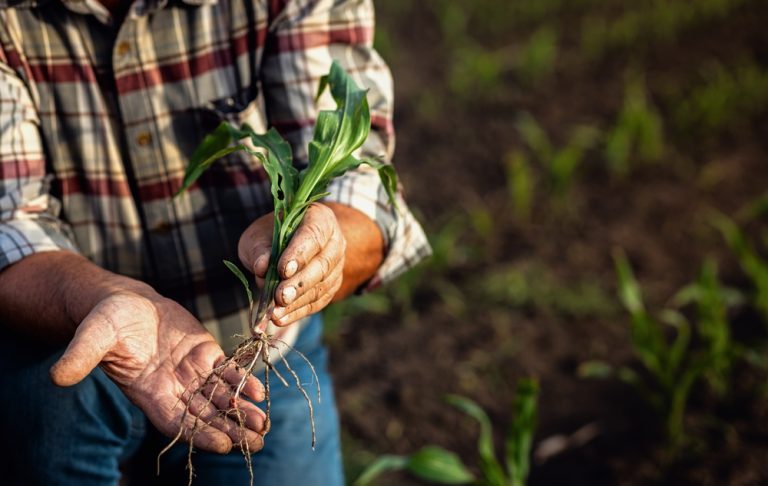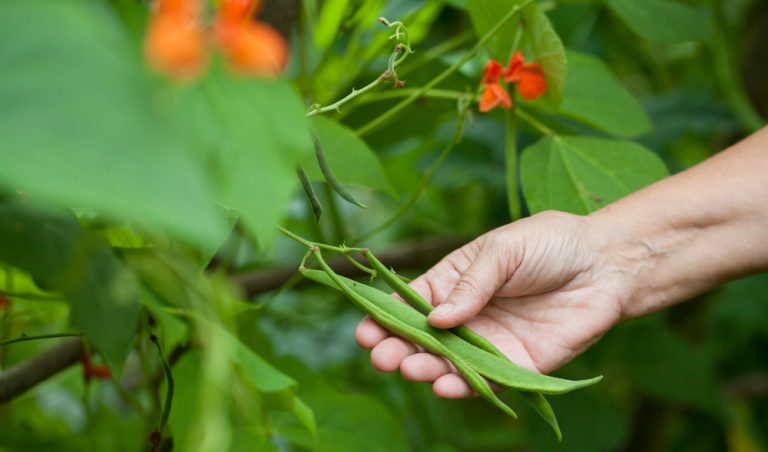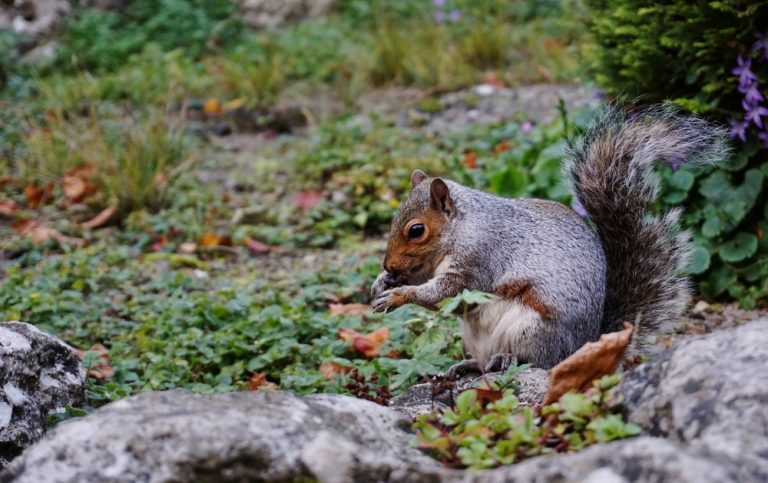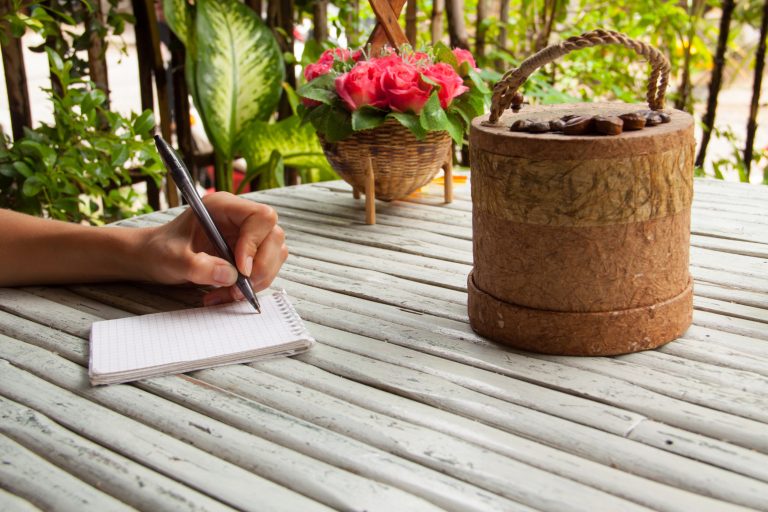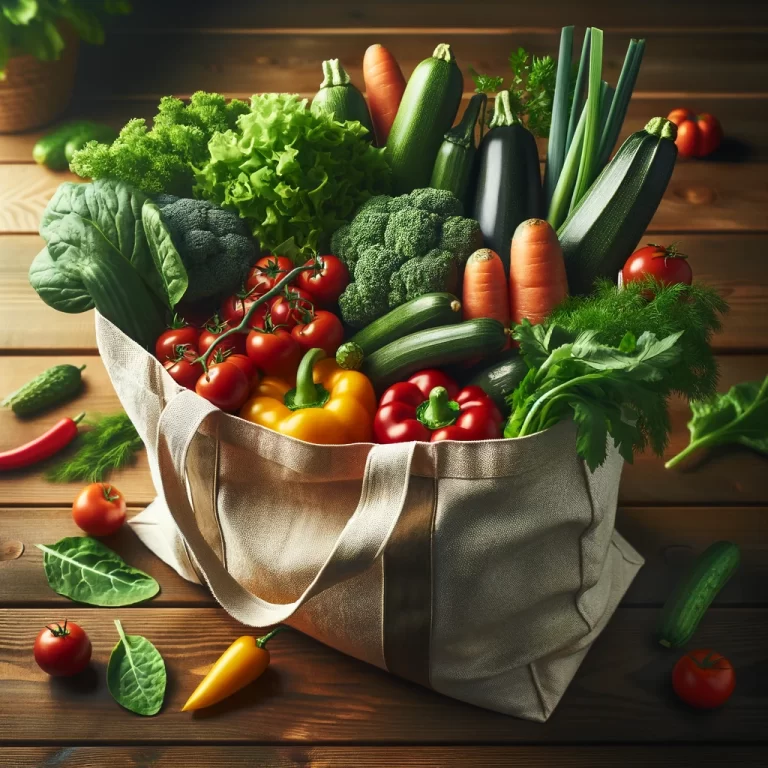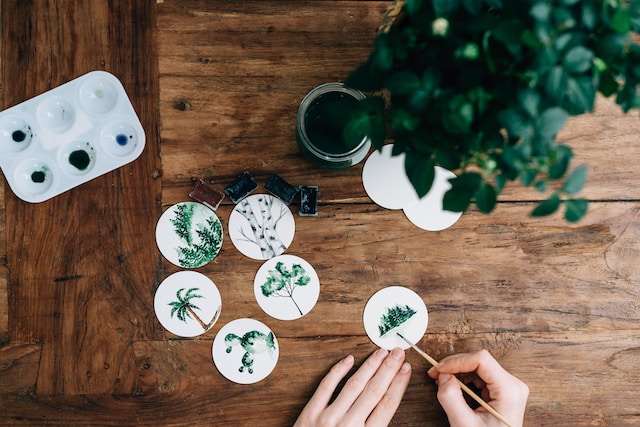Imagine stepping into a cool underground cellar in the dead of winter and pulling out fresh, crisp vegetables like they were just harvested yesterday. No grocery store runs, no bags of wilted greens, no sighing at out-of-season price spikes. For homesteaders, gardeners, and anyone who loves self-sufficiency, a well-stocked cellar is more than storage—it’s security,…
benefits of gardening
7 Crops That Should Be Blanched Before Freezing
You finally did it—your garden exploded with beautiful, healthy veggies, and now your kitchen counters are buried in greens, beans, and corn like a farmer’s market on overdrive. You’re feeling like a homesteading hero until the panic sets in: how do you actually store all this produce before it turns into compost? The answer, my…
How to Save Money Buying Fall Perennials
There’s something undeniably magical about fall gardens—the crisp air, the warm colors, and those bursts of late-season blooms that make your yard feel alive just before winter hits. But here’s the truth: buying perennials in autumn can get expensive if you’re not strategic. Nurseries are tempting, and it’s all too easy to walk out with…
How Late-Season Pollinators Depend on Your Garden
By the time late summer rolls around, most people assume the busy hum of bees and butterflies has come to a graceful end. The kids are back in school, the air smells like cinnamon candles, and everyone’s thinking pumpkin spice—not pollinators. But here’s the truth: just because you’ve swapped your lemonade for lattes doesn’t mean…
How Wildlife Relies on Your Fall Garden for Survival
As the crisp air rolls in and the pumpkin-spice everything starts appearing, most people think fall is the season to wrap up the garden and call it quits. But here’s the wild secret: while you’re raking, pruning, and prepping for winter, nature is depending on your backyard more than ever. The butterflies, birds, bees, and…
Why Your Garden Needs a Journal (Even If You Hate Writing)
Imagine this: you’re staring at your tomato plants, scratching your head, trying to remember if you fertilized last week or if that was two weeks ago. Or maybe you’re wondering why the zucchini looks more like a science experiment gone wrong than a vegetable. Sound familiar? Every gardener, from the seasoned green thumb to the…
Financial Freedom Through Foliage: 8 Plants That Can Slash Your Grocery Bills
In the quest for financial freedom, many overlook the power that lies in their own backyards—or even on their windowsills. As grocery bills continue to climb, partly due to global supply chain issues and inflation, savvy individuals are turning to home gardening, not just as a hobby but as a strategic move towards greater economic…
10 Steps to Learning to Garden Meditate
Gardening was never my forte. Honestly, I proudly wore the label of a “brown thumb” for most of my life. I’d often cringe at the thought of tending to plants, certain I’d unintentionally send them to an early demise. Little did I know that my journey from reluctant gardener to someone who finds solace in…
The Best Plants for Mental Health Benefits
My two biggest passions in life are art and mental health. Gardening is an art form. Also, gardening has many mental health benefits. I was curious to do some research into the best plants for mental health benefits. Of course, this will vary from person to person. Nevertheless, there are some plants commonly considered beneficial…
5 Ways Depression Costs Me In the Garden
I struggle with chronic, recurring depression. While it’s well-managed, the symptoms do creep up from time to time. Depression is an expensive mental health condition, in ways that might surprise you. In fact, during bouts of depression, I find that it costs me in the garden. This does mitigate the many mental health benefits of…
